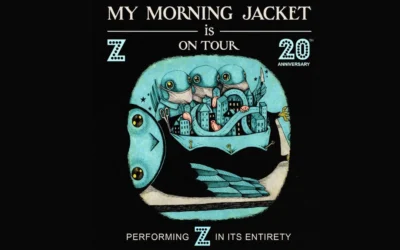That the Atlanta Braves played to the smallest crowd in Turner Field history Tuesday, April 12 shouldn’t be construed as a sign of things to come for the Braves, the longest-tenured and most successful of Atlanta’s four major professional sports franchises. But the Braves drawing so lightly the week spring football games took place throughout the south confirmed what those above and below the Mason-Dixon line have long assumed — college football is king in Southeastern Conference country.
Just 13,865 fans saw the Braves blank the Florida Marlins, 5-0, a week ago. Meanwhile, four days later, on Saturday, April 16, almost seven times as many people — 92,310, to be exact — poured into Alabama’s Bryant-Denny Stadium to watch the Crimson Tide‘s spring football game.
At least 20 schools drew more fans to their spring football game this month than the Braves did against the Marlins (and several more schools, including Atlanta-based Georgia Tech, will have their spring games this weekend). Exactly half of those 20 schools are from the SEC, the powerhouse league that has yielded the last five national champions and seven of 13 overall since the BCS was founded in 1998.
“They had 90,000 people in Tuscaloosa, they had 50,000 [to see defending national champion] Auburn,” Steve Susce, the co-owner of Atlanta-based AAATix, told TicketNews. “All these spring games are just spring tailgate parties, I guess you’d call them. There’s something to that — there’s something to loyalty to a product.”
The most remarkable thing about the discrepancy in attendance figures is the baseball game counted. The Braves-Marlins contest was just the 11th game of a 162-game season and nowhere near a marquee matchup, especially given the lack of buzz that annually surrounds a Marlins team that regularly finishes last in the NL in home attendance. Theoretically, though, the result could have an impact on the playoff race come September.
Spring football games don’t count, and don’t often have a major impact on who does or does not become a major contributor come fall. The several weeks of pre-season practice later this summer will largely determine those roster battles. But for football fans starved for any sort of action, spring games will suffice, and then some.
“It’s generational,” Susce said about the lure of college football in the south. “You’re sitting with your grandfather, you’re sitting with your Dad, yourself and then your son. You’ve got four generations and four season ticket holders and everybody else wants to go — brothers and sisters.”
Georgia Tech, which plays in the Atlantic Coast Conference, averaged 46,450 fans in six home games last fall at 55,000-seat Bobby Dodd Stadium. The Yellowjackets’ annual intrastate game against Georgia was played in front of a robust capacity crowd of 92,746 at Sanford Stadium on the Georgia campus. And Atlanta-based Georgia State, which began play as an FCS program (formerly known as Division I-AA) last year, drew 30,237 fans to its debut game at the Georgia Dome and averaged 16,750 fans overall, which ranked in the top 15 nationwide
The Braves are the only professional team in Atlanta that can even come close to matching the family ties of college football. The Braves arrived in Atlanta from Milwaukee in 1966, the same year the NFL’s Falcons began play as an expansion team, two years before the NBA’s Hawks moved to Georgia from St. Louis and six years before the NHL’s Flames brought hockey to the south.
The Braves have been by far the most successful of the four major sports teams in the city — they won an American sports record 14 straight division titles from 1991 through 2005 and Atlanta’s only world championship in 1995 — but even they have battled attendance issues and the shadow cast by college football.
The Braves played to sellout crowds at Turner Field just 16 times in 33 playoff games between 1997 (the year the park opened) and 2005, a ratio that remained intact even after the Braves ended a four-year playoff drought in legendary manager Bobby Cox’ final season last year. The Braves, who averaged more than 1,000 fans per game during the 2010 season (30,989) than in 2009 (29,304), welcomed 53,384 people for Game Three of the NL Division Series against the San Francisco Giants but just 44,532 fans when the Giants eliminated the Braves a day later.
The Marlins series is shaping up as an aberration for the Braves, who drew at least 29,000 fans to all six of their weekend home games thus far and averaged 32,066 fans for those games against the Philadelphia Phillies and New York Mets. Susce expects the Braves to equal or exceed their numbers from a year ago — even if a baseball game is no match for spring football.
“It’s still early, just the middle of the week and the Marlins — one plus one equals two,” Susce said. “[Interest] doesn’t get any lower than Marlins, April, middle of the week. They’ll be fine. They always are.”



